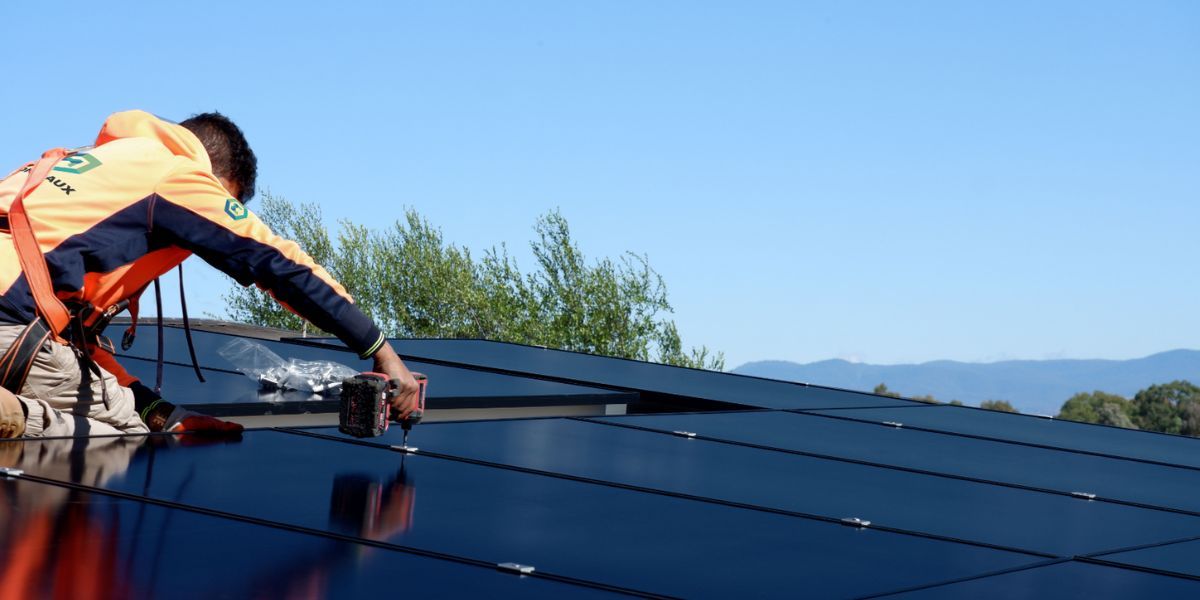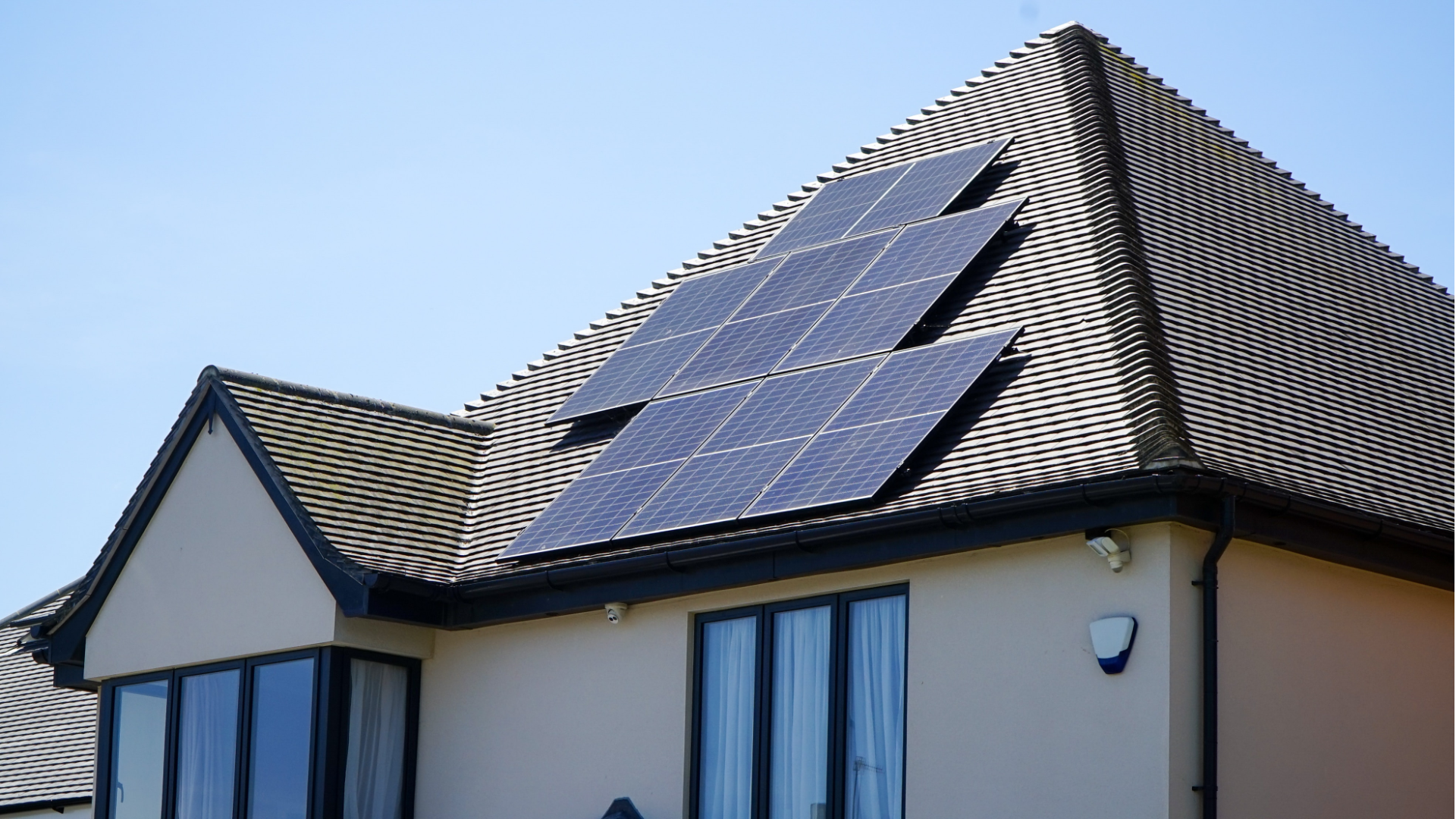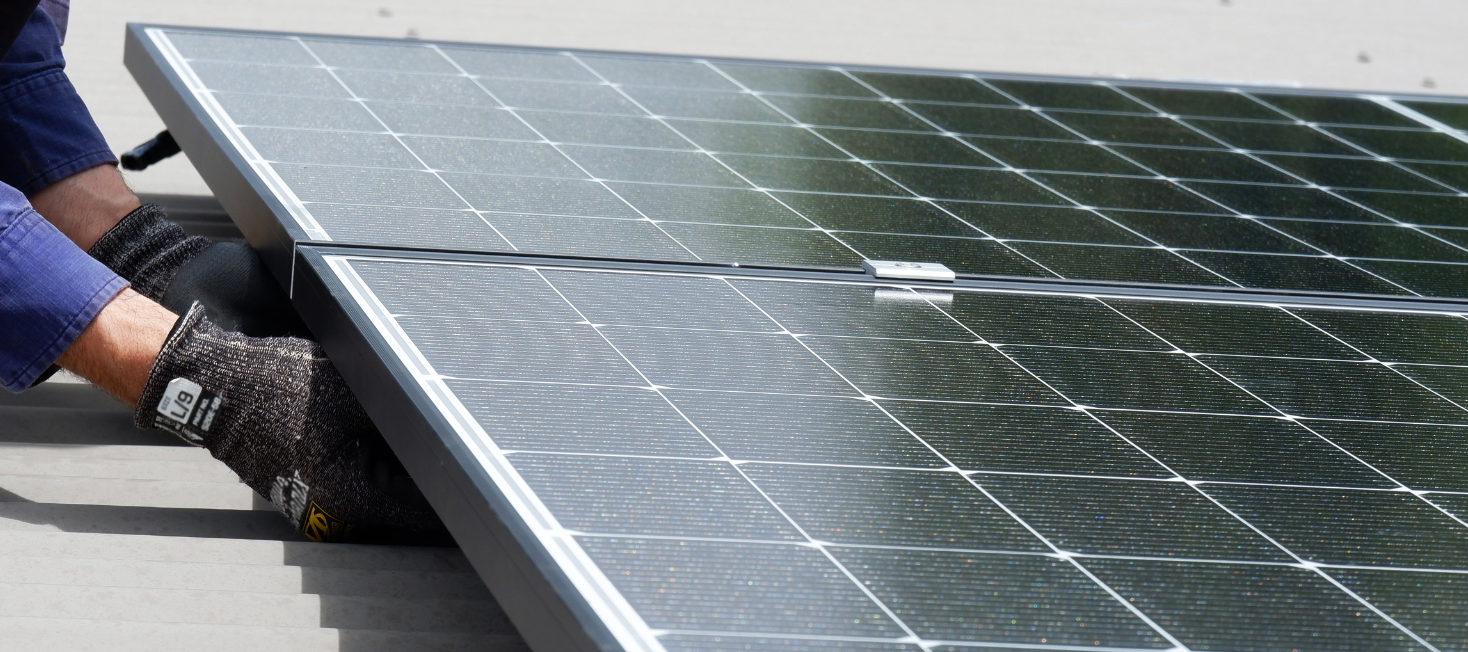What is Sustainable Household Scheme
What can be a better benefaction for Mother Earth other than healing it from the debasement that it has undergone? We can adopt many ways to unchain our mother Earth from the chaos. Indeed, cutting our carbon footprint and going solar can be one of them. One of our primary concerns is the budget when deciding to go solar, right? For instance, companies are often selling solar panels at exorbitant prices. And it can be out of budget for quite a few people who want to go solar but don’t have enough resources to do so. The governments wish to aid such people, which is to their advantage in the long run as well. It can help the countries to become power-independent and increase their economic stature. ACT’s government also spends a lot in bringing such solar schemes that are very helpful for the residents. These government initiatives can aid individuals to install the solar system in their residential setting without worrying about the cost. Sustainable Household Scheme is one such initiative that can help people go solar without thinking about their pockets.
About the Sustainable Household Scheme
1: Eligibility Criteria
● Owner of the Property
The eligibility criteria for the sustainable household scheme is that a person should be an owner of the property. The property must be a standalone residence.
● Unimproved Value of Land
Unimproved value is the value of the land before any buildings, fences, driveways, or anything else. Hence, the value of raw land is called UV or unimproved value. For an individual unit, the unimproved value of the property must be at or below $750,000 in any year from 2020-2026. And if it is a multi-story apartment building, that must be $200,000 or below in any year from 2020-2026.
● Financial Credibility
The financial credibility of a person to repay the loan also matters. There is a thorough analysis of the Credit history before providing the loan.
● Online Workshop
Another essential requirement is that the loan requester attend an online workshop arranged by the ACT government before applying for a loan.
2: Financial Limits:
Any household can attain a maximum of $15,000 and a minimum of $2000 as an interest-free loan over the scheme’s life.
3: Solar Products for which loan can be taken
The loan can be procured for any of the following energy-efficient products:
- rooftop solar panels
- household battery storage systems
- electric heating and cooling systems
- electric stovetops
- installation costs for these products.
- electric vehicles
- hot water heat pumps (HWHP)
- electric vehicle charging infrastructure
4: Loan Returning Period
The period for returning the loan is ten years. So, anyone can go solar now. You only have to decide on going solar.
5: Essential Requirement Regarding the Supplier
When you choose to go solar and apply for the sustainable household scheme, the government has an essential requirement regarding solar products and services suppliers. The supplier should be the one that the government of Australia accredits. Fortunately, Mondiaux is an approved supplier of the ACT government. We help our customers to get their loans and solar system installed at their residential units.
If you want to save money and the environment, call Mondiaux on 1300 911 110 or email us at info@mondiaux.com.au, and we will take care of your solar needs. Choose Mondiaux, and you don’t have to take care of anything else. For more information regarding the scheme, you can check SHS.
Share Post





